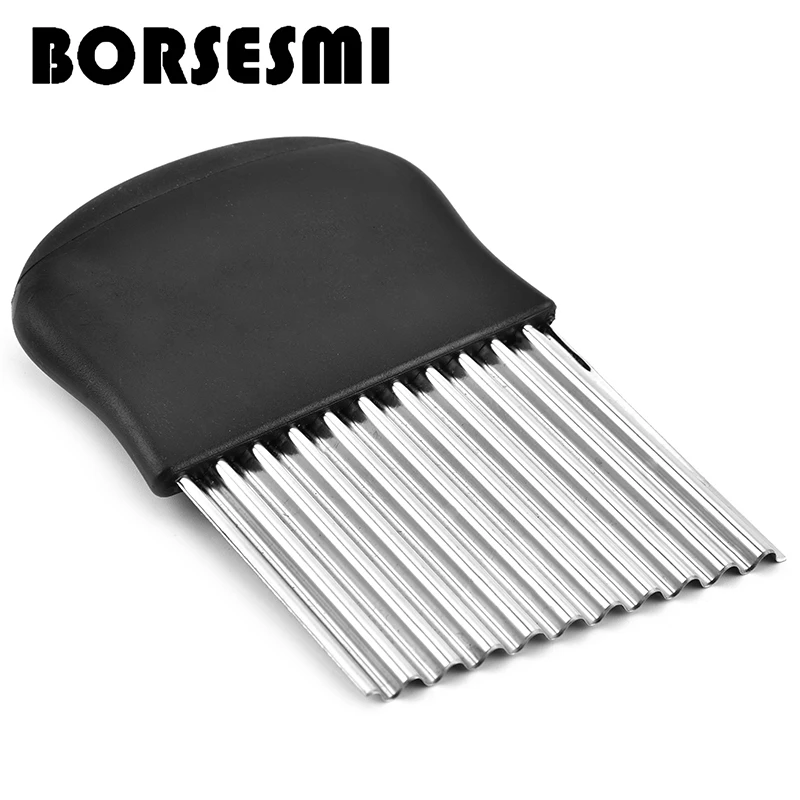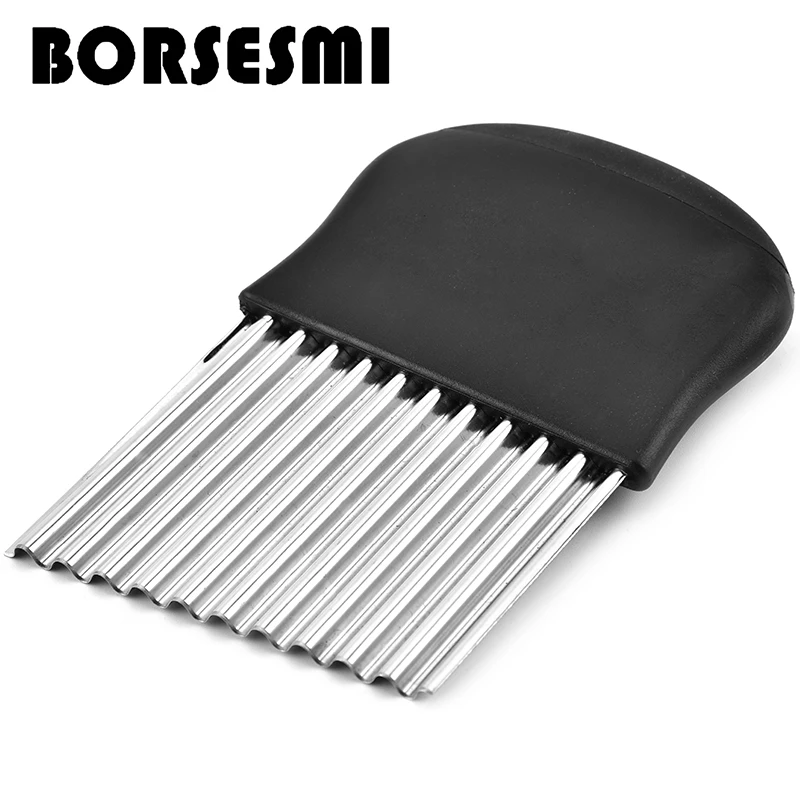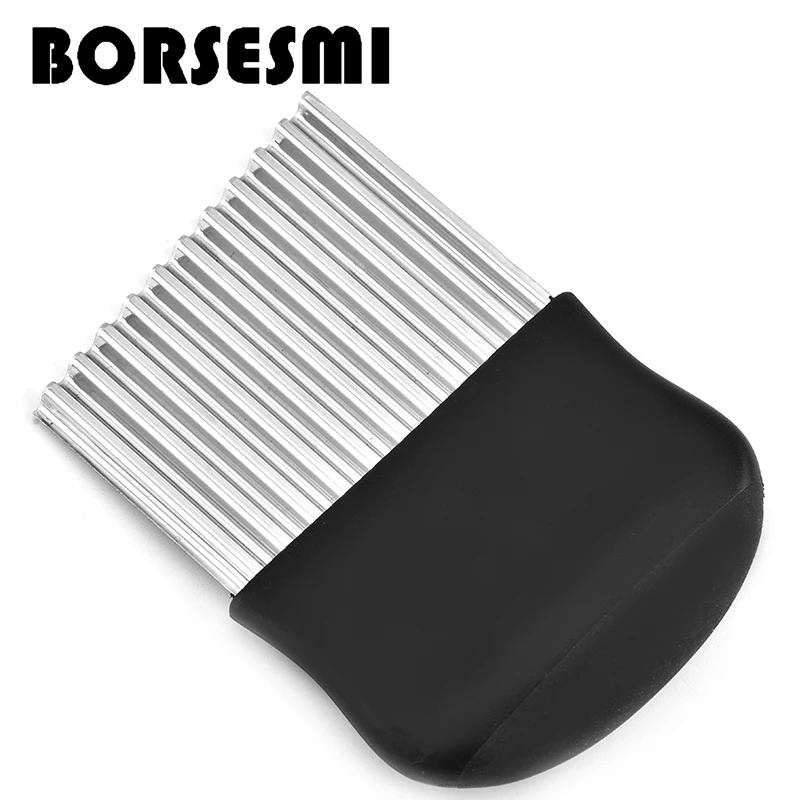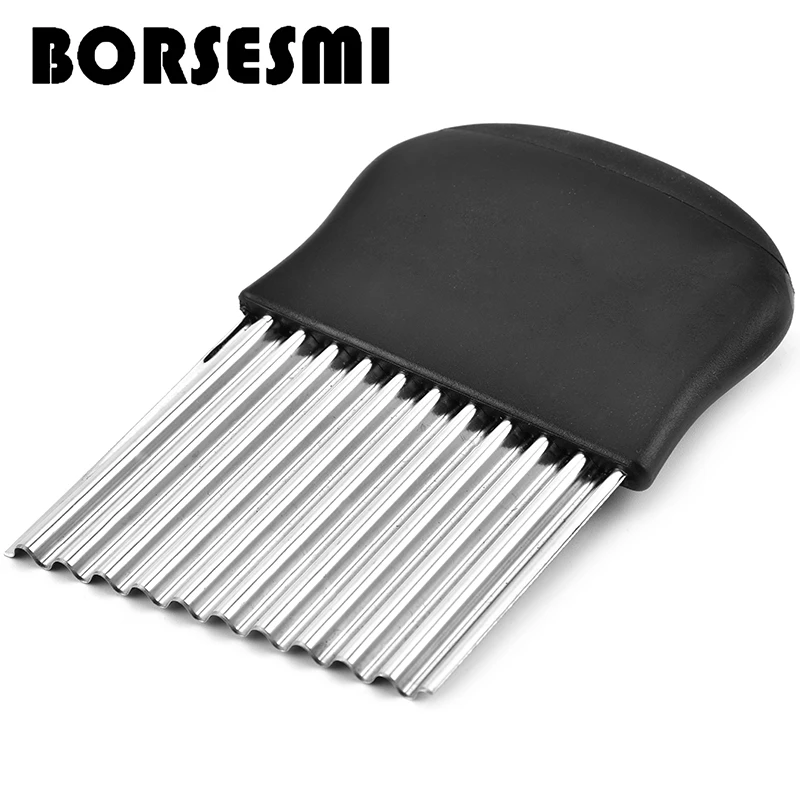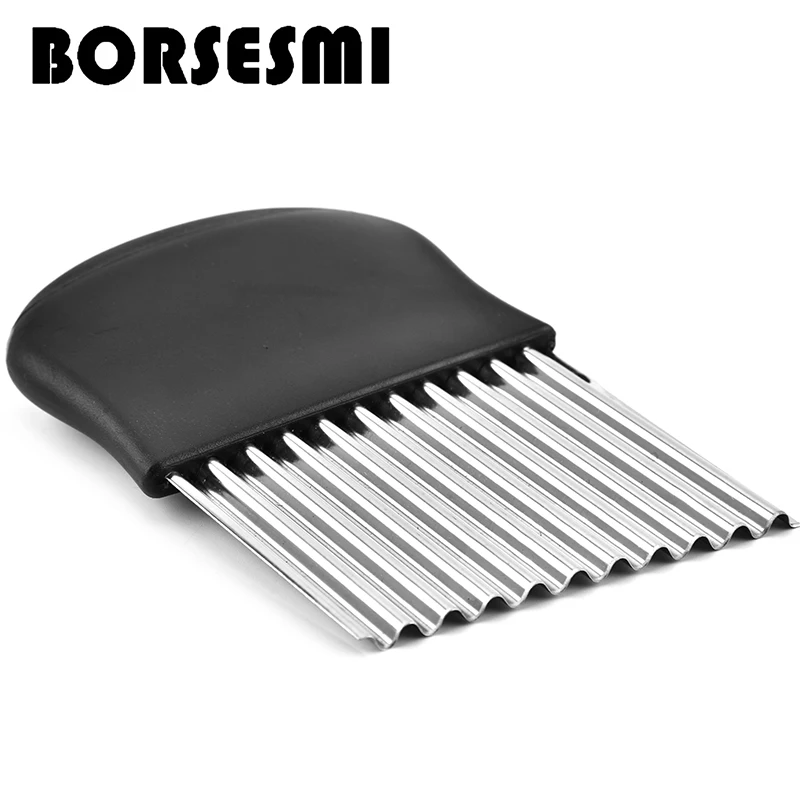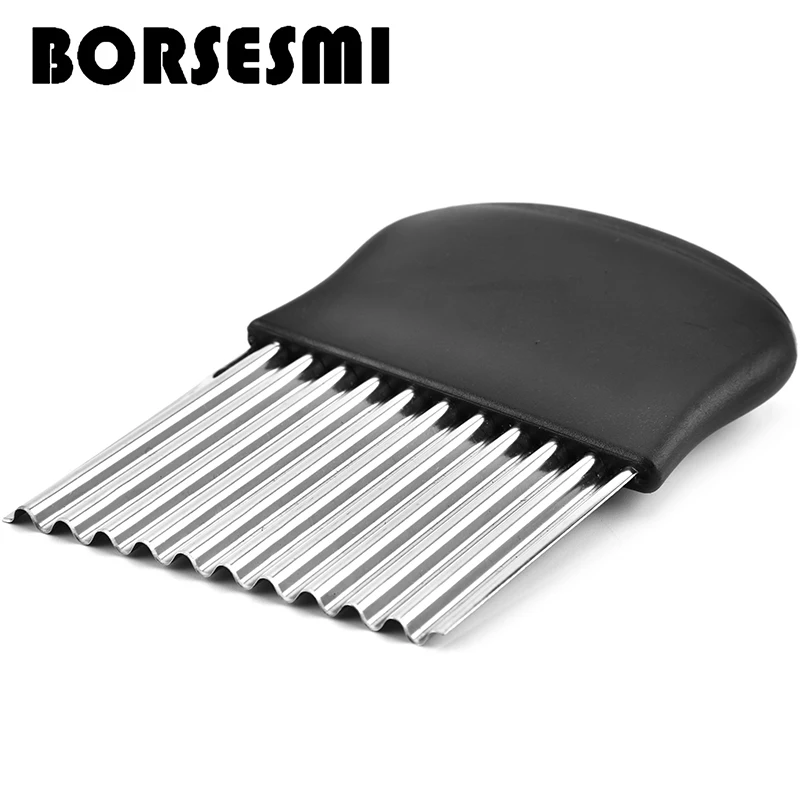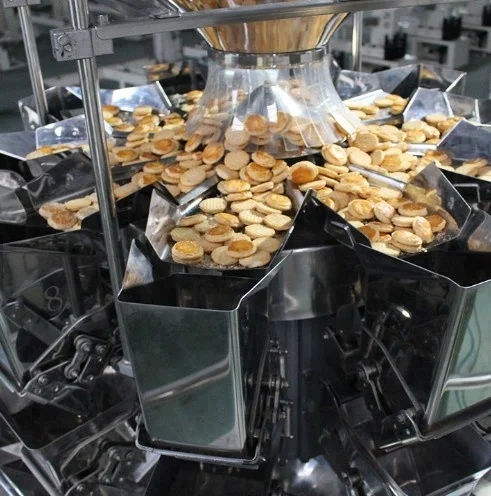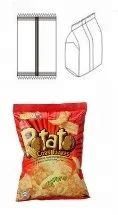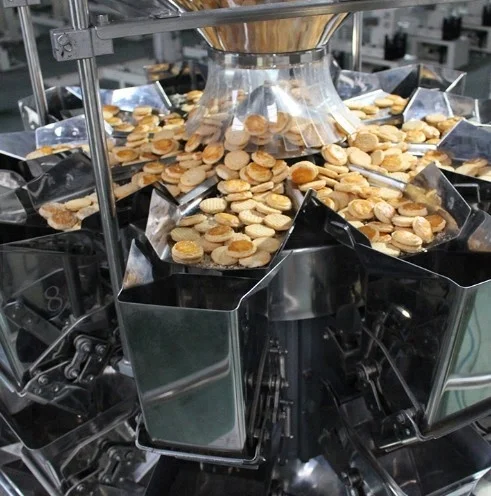Ferrite Beads and Chips: What You Need to Know for 2025
Ferrite beads and chips are essential components in modern electronics, helping to suppress high-frequency noise and improve signal integrity. Whether you're designing a new circuit or sourcing components for mass production, understanding these devices is crucial. This guide covers everything from types and functions to sourcing tips for 2025.
How to Find Reliable Ferrite Beads and Chips from China in 2025
China remains a top destination for electronic components, including ferrite beads and chips. To find reliable suppliers:
- Check certifications like ISO 9001 and RoHS compliance.
- Review supplier ratings and customer feedback on platforms like Alibaba.
- Request samples to test quality before bulk orders.
- Verify manufacturing capabilities and lead times.
What Buyers Should Know Before Buying Ferrite Beads and Chips from China
Before purchasing, consider:
- Quality vs. Cost: Cheaper options may lack durability.
- Customization: Some suppliers offer tailored solutions.
- Logistics: Factor in shipping times and import duties.
- After-Sales Support: Ensure suppliers provide technical assistance.
Types of Ferrite Beads and Chips
Common types include:
- Surface-Mount (SMD): Compact and ideal for PCBs.
- Through-Hole: Robust for high-current applications.
- Multi-Layer: Offers higher impedance for noise suppression.
- Wire-Wound: Provides better performance at higher frequencies.
Functions and Features of Ferrite Beads and Chips
These components:
- Reduce electromagnetic interference (EMI).
- Improve signal clarity in circuits.
- Come in various impedance ratings (e.g., 50Ω to 1000Ω).
- Operate across a wide temperature range (-40°C to +125°C).
Scenarios of Ferrite Beads and Chips
They are used in:
- Consumer Electronics: Smartphones, laptops, and TVs.
- Automotive: ECU and infotainment systems.
- Industrial: Power supplies and motor controls.
- Telecom: Routers and base stations.
How to Choose Ferrite Beads and Chips
Key selection criteria:
- Frequency Range: Match the bead's impedance to your noise frequency.
- Current Rating: Ensure it handles your circuit's current.
- Size: Fit for your PCB or assembly.
- Environment: Consider temperature and humidity conditions.
Ferrite Beads and Chips Q & A
Q: How do ferrite beads differ from capacitors?
A: Ferrite beads suppress high-frequency noise, while capacitors store energy and filter low-frequency noise.
Q: Can I use multiple ferrite beads in series?
A: Yes, but ensure the total impedance doesn’t disrupt signal integrity.
Q: What’s the lifespan of ferrite beads?
A: Typically 10+ years if used within rated specifications.
Q: Are ferrite beads reusable?
A: Yes, if undamaged during desoldering.
Q: How do I test a ferrite bead’s performance?
A: Use an impedance analyzer or network analyzer.








